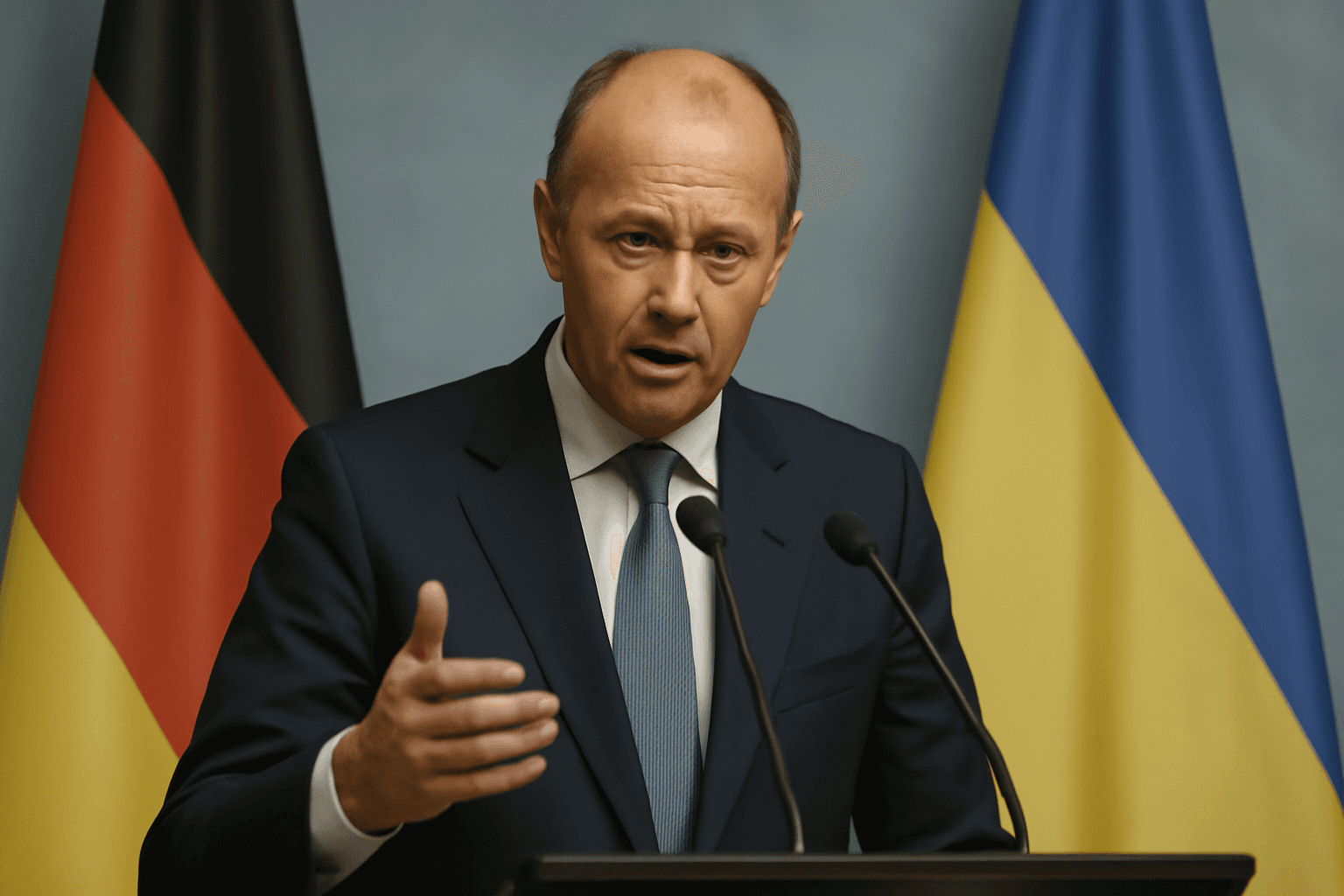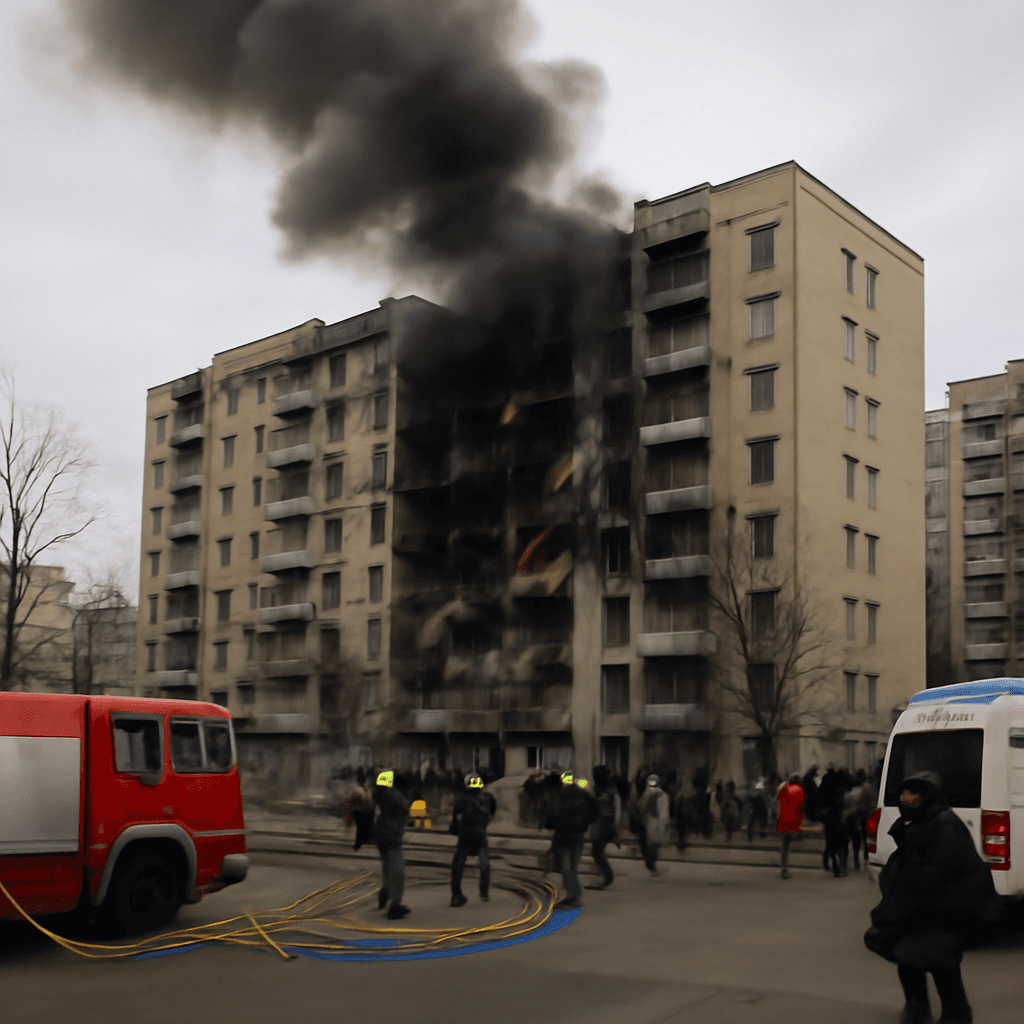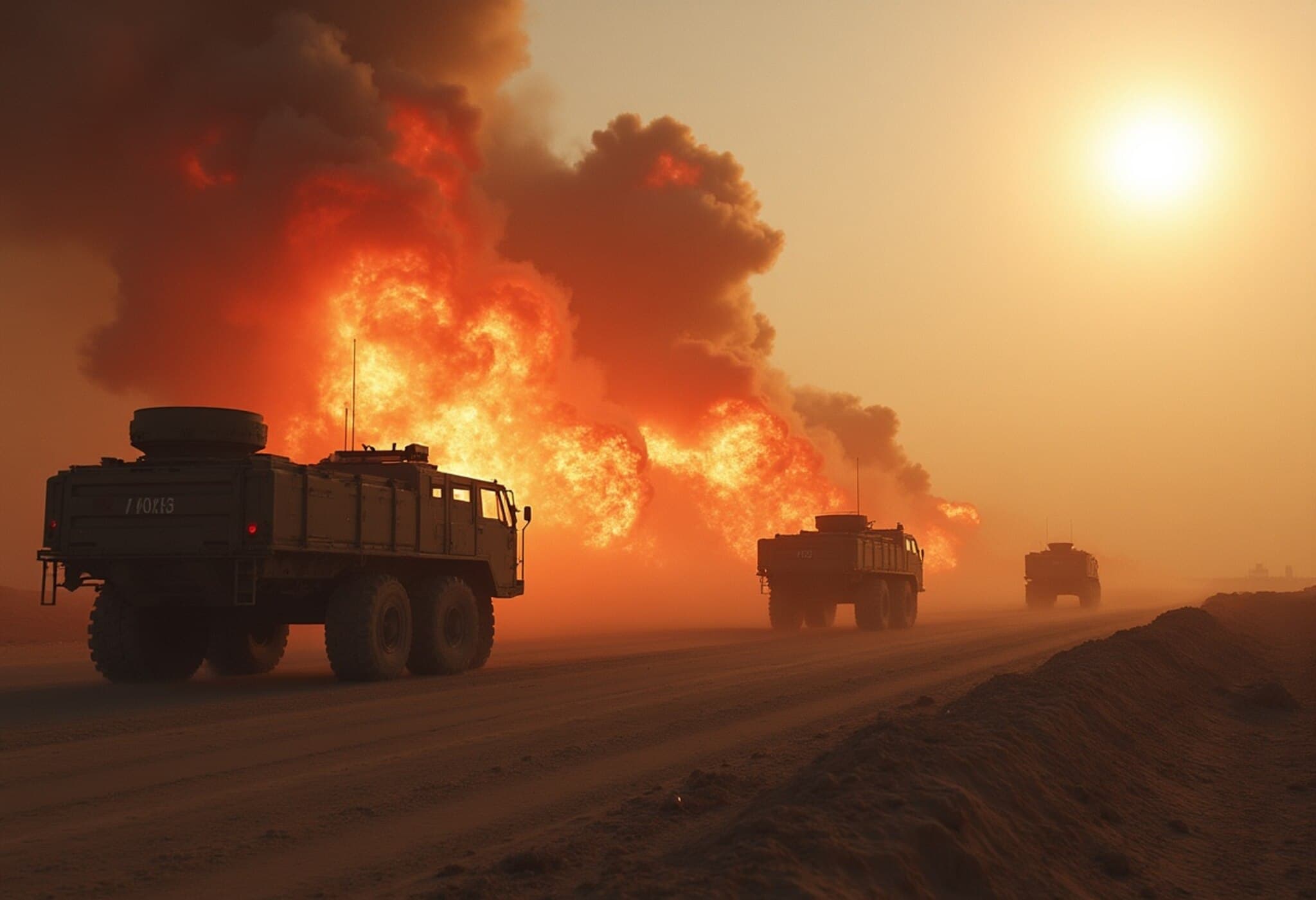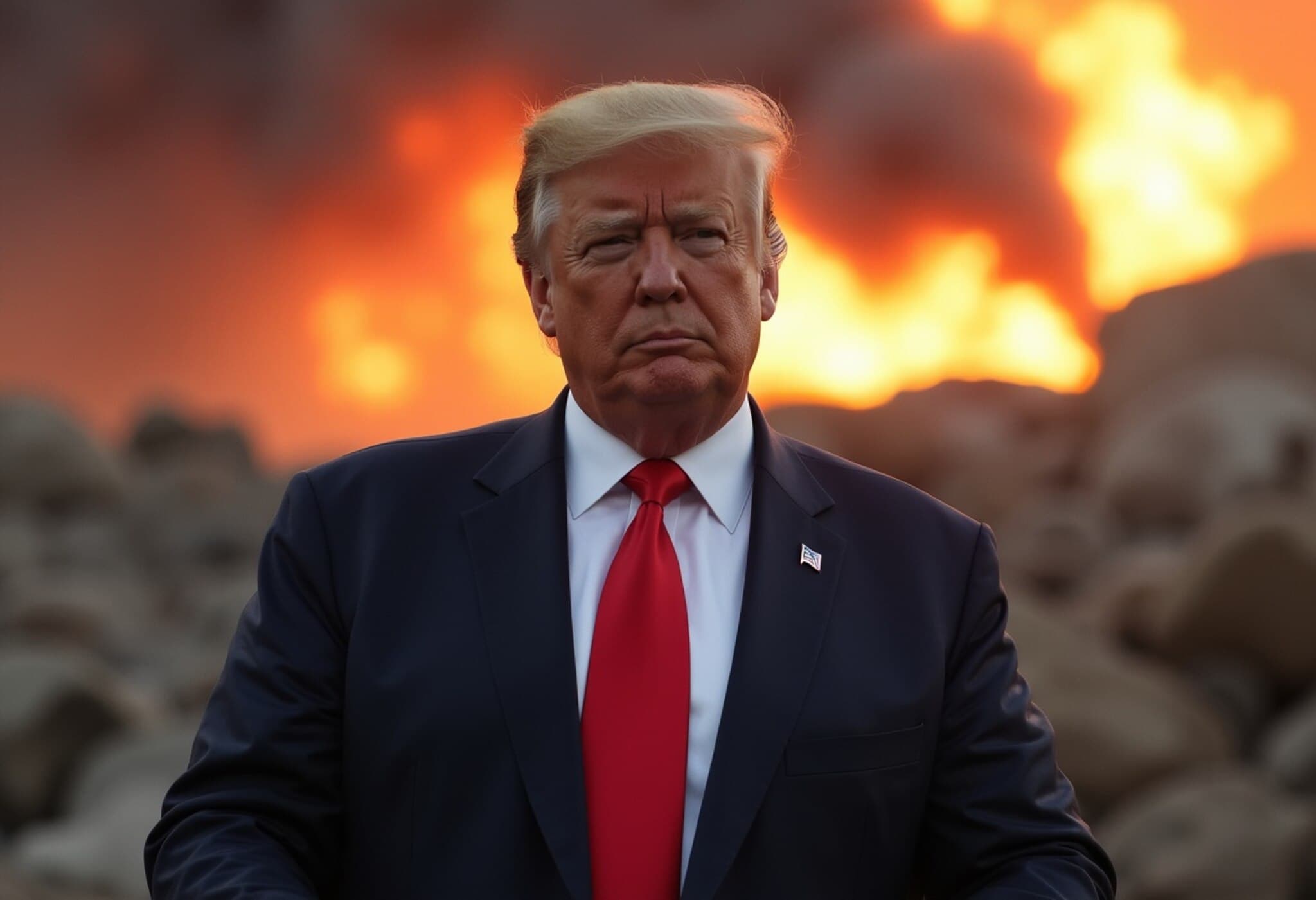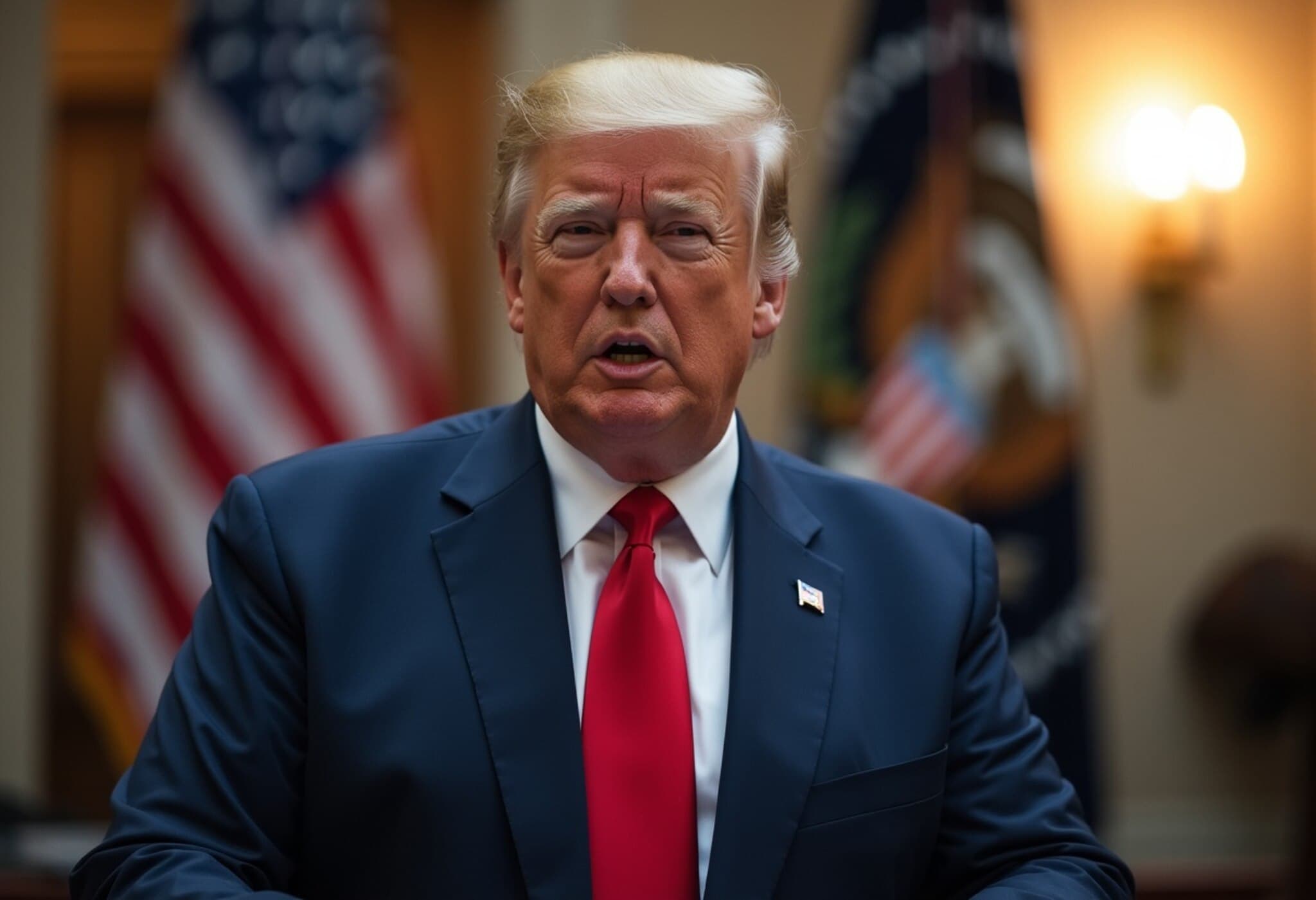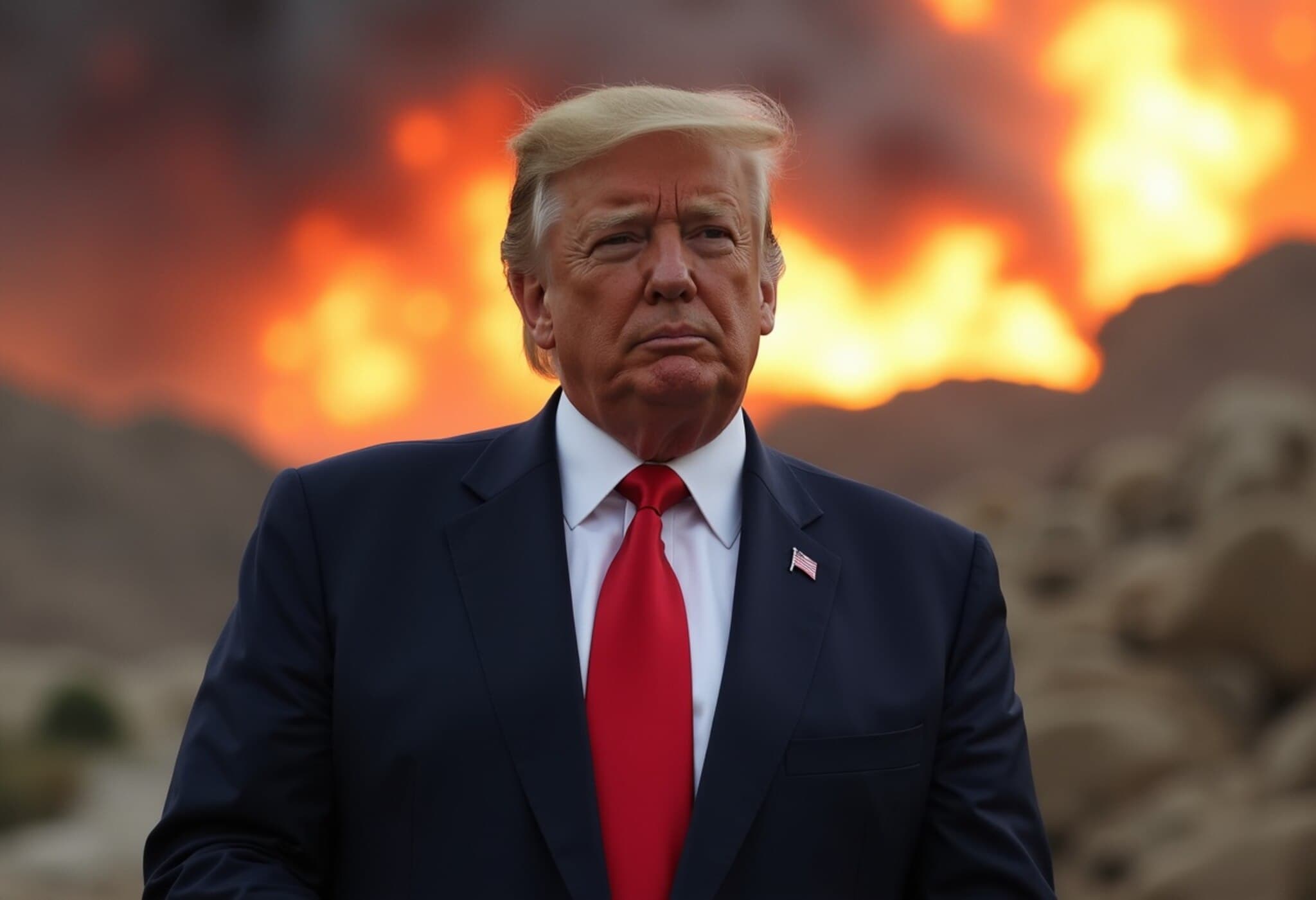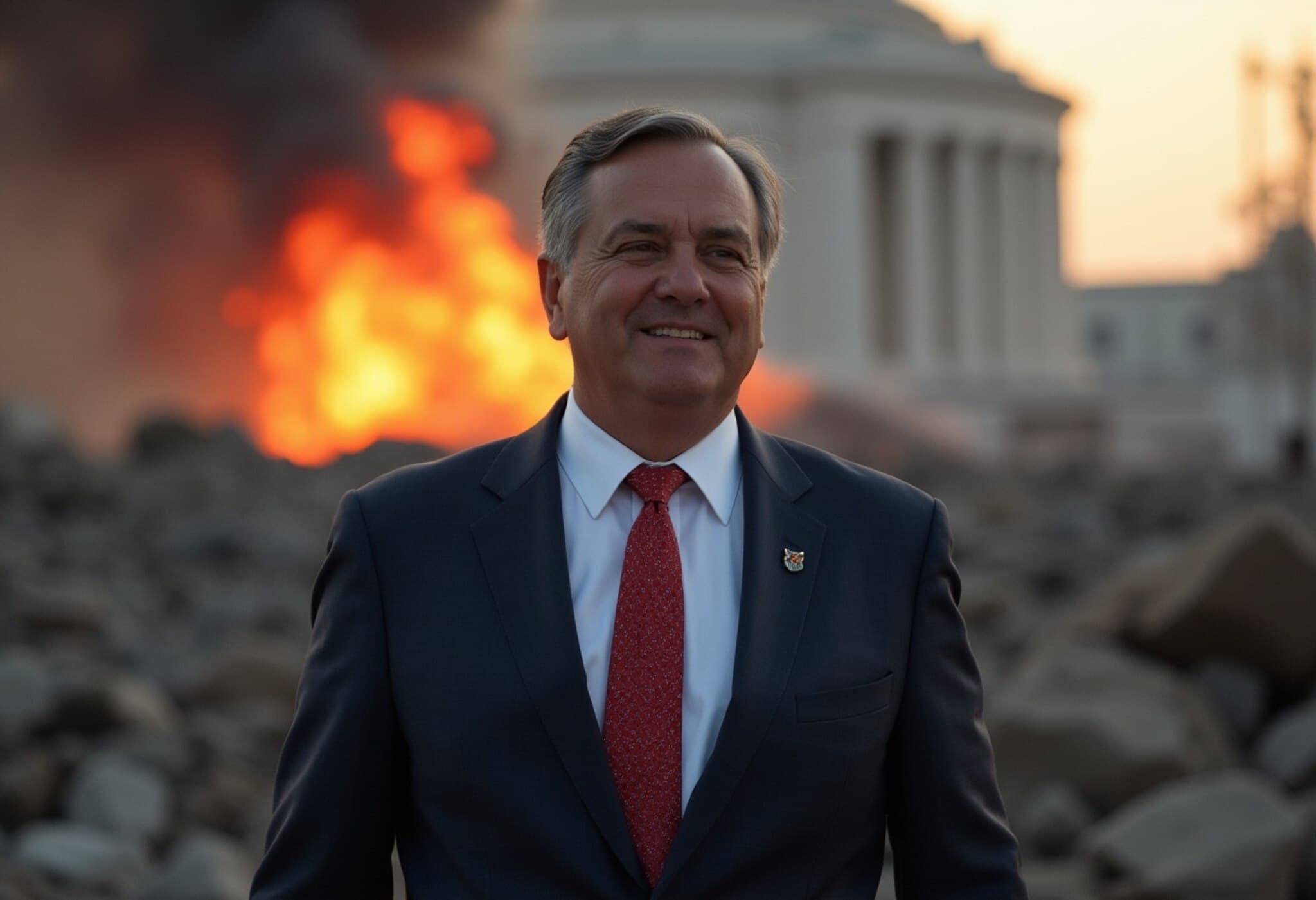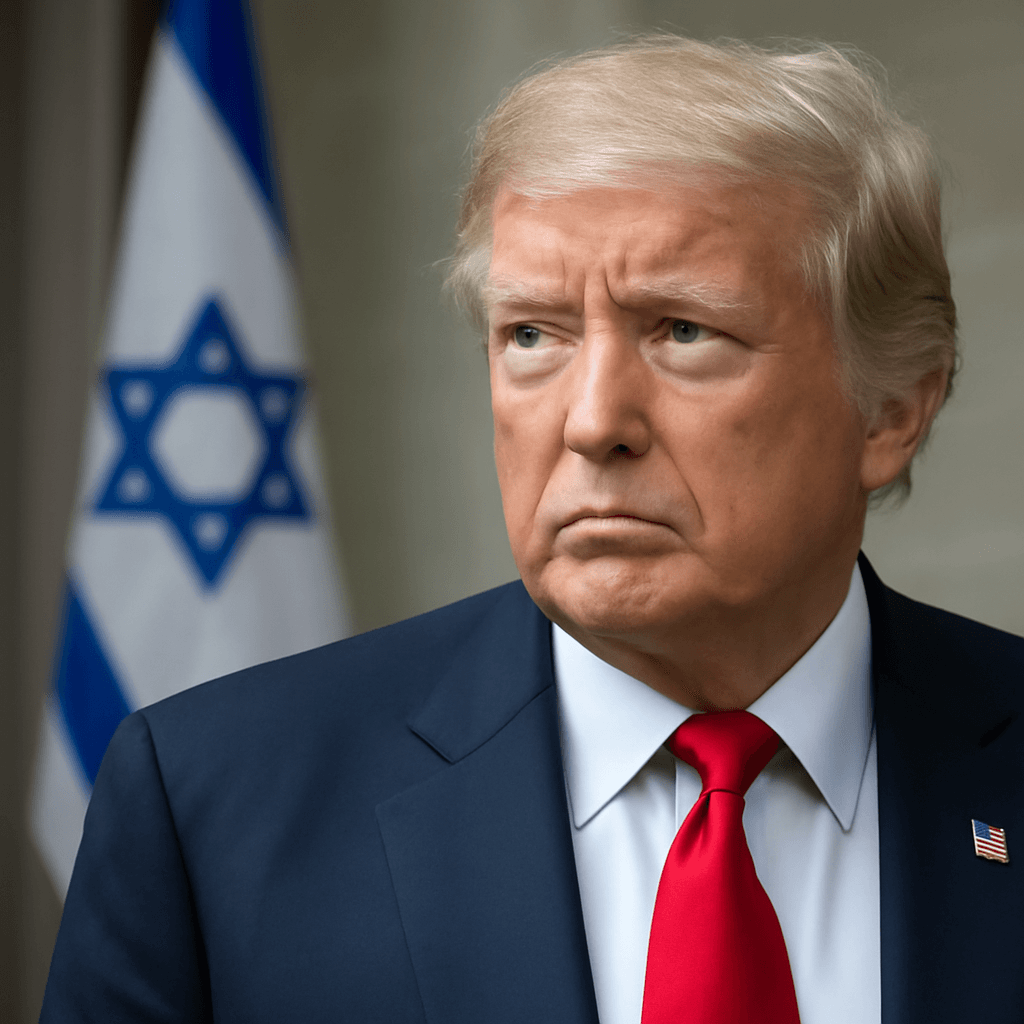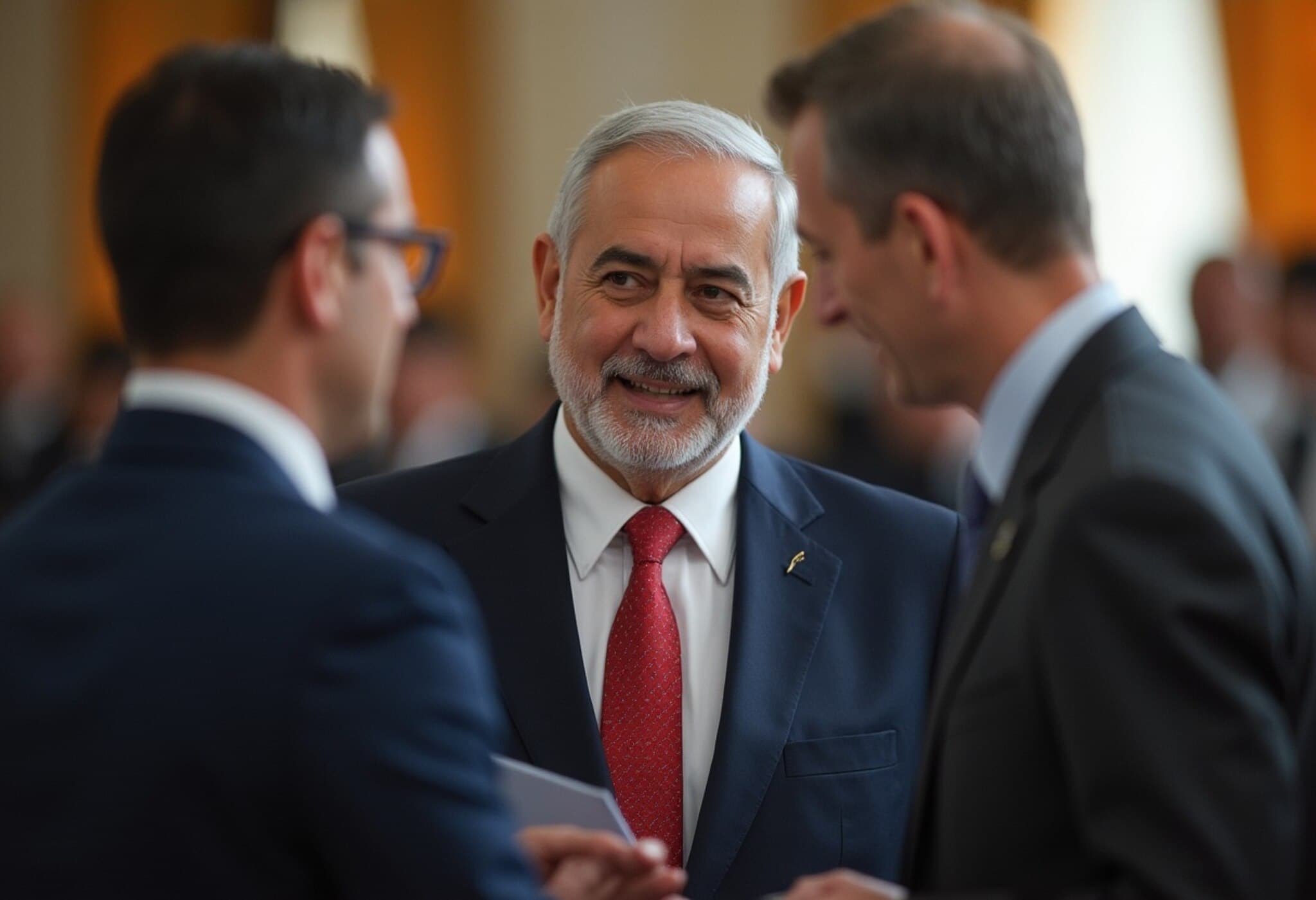US Officials Reject Claims of Uranium Removal Prior to Strikes on Iran
Following recent US airstrikes on Iranian nuclear facilities, speculation arose that Iran may have relocated enriched uranium stockpiles in advance of the attacks. However, both former President Donald Trump and senior Pentagon officials have firmly denied these claims, stating that no nuclear materials were removed or evacuated before the strikes.
Trump’s Statement on Site Activity
Addressing the rumors, President Trump explained that the vehicles observed at the targeted sites were belonging to concrete workers, who were covering the top of shafts at the facilities. He emphasized that “nothing was taken out of the facility”, highlighting the logistical difficulties involved in moving such heavy and sensitive nuclear materials quickly and covertly.
Pentagon's Reinforcement at Press Conference
Defense Secretary Pete Hegseth echoed this firm stance during a Pentagon briefing, declaring he was unaware of any intelligence indicating that nuclear components were moved from their locations prior to the strikes. He urged caution in accepting reports that might downplay the effectiveness of the US operations.
Overview of the US Airstrikes
Over the previous weekend, US military forces conducted precision airstrikes at three Iranian nuclear sites, utilizing more than a dozen 30,000-pound bunker-buster bombs. These attacks targeted key parts of Iran’s nuclear infrastructure, with officials closely monitoring the aftermath to assess potential setbacks to Iran’s nuclear program.
Contrasting Views from Experts and Reports
- Some nuclear experts argued Iran had moved near weapons-grade uranium from the Fordow facility to undisclosed locations prior to the strikes.
- Satellite images showed unusual vehicle activity outside Fordow in the days before the attacks, fueling these suspicions.
- Reports suggested a significant portion of Iran’s 60% enriched uranium stockpile was relocated ahead of time.
- Conversely, European sources indicated that much of Iran’s uranium was not primarily stored at Fordow, potentially remaining untouched.
Pentagon Pushes Back Against Doubts
Secretary Hegseth challenged media narratives that minimized the strikes’ impact, dismissing a preliminary Defense Intelligence Agency (DIA) report that estimated only a brief delay in Iran’s nuclear progress. He cited more recent intelligence, including statements from CIA Director John Ratcliffe, which suggest the damage inflicted on Iran’s nuclear infrastructure could take years to repair.
Insights from Military Leadership
General Dan Caine, Chairman of the Joint Chiefs of Staff, highlighted technical details about the specialized bunker-busting munitions used during the attacks. He refrained from providing his personal evaluation of the operation, deferring to the intelligence community’s assessments.
Importantly, General Caine underscored the apolitical nature of the military's role, affirming that he has never faced pressure from political leaders to alter his honest military advice or assessments concerning the strikes.
What Lies Ahead?
As analysts continue to evaluate the full extent of the strikes’ disruption to Iran’s nuclear ambitions, US defense officials remain confident in the operation’s success. While some uncertainty remains about the whereabouts of Iran’s enriched uranium, the unified message from top US officials underscores their conviction that these airstrikes have significantly hindered Iran’s nuclear capabilities.





